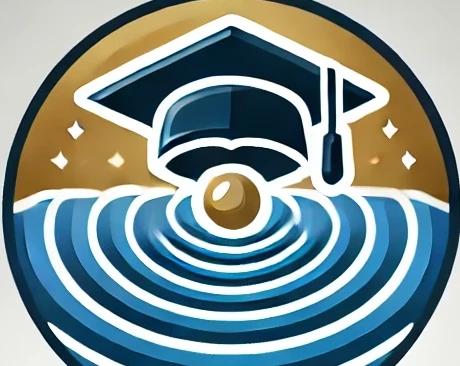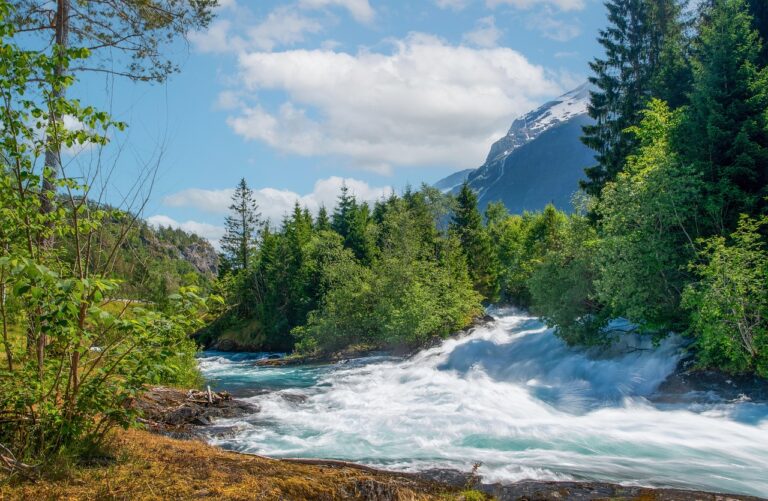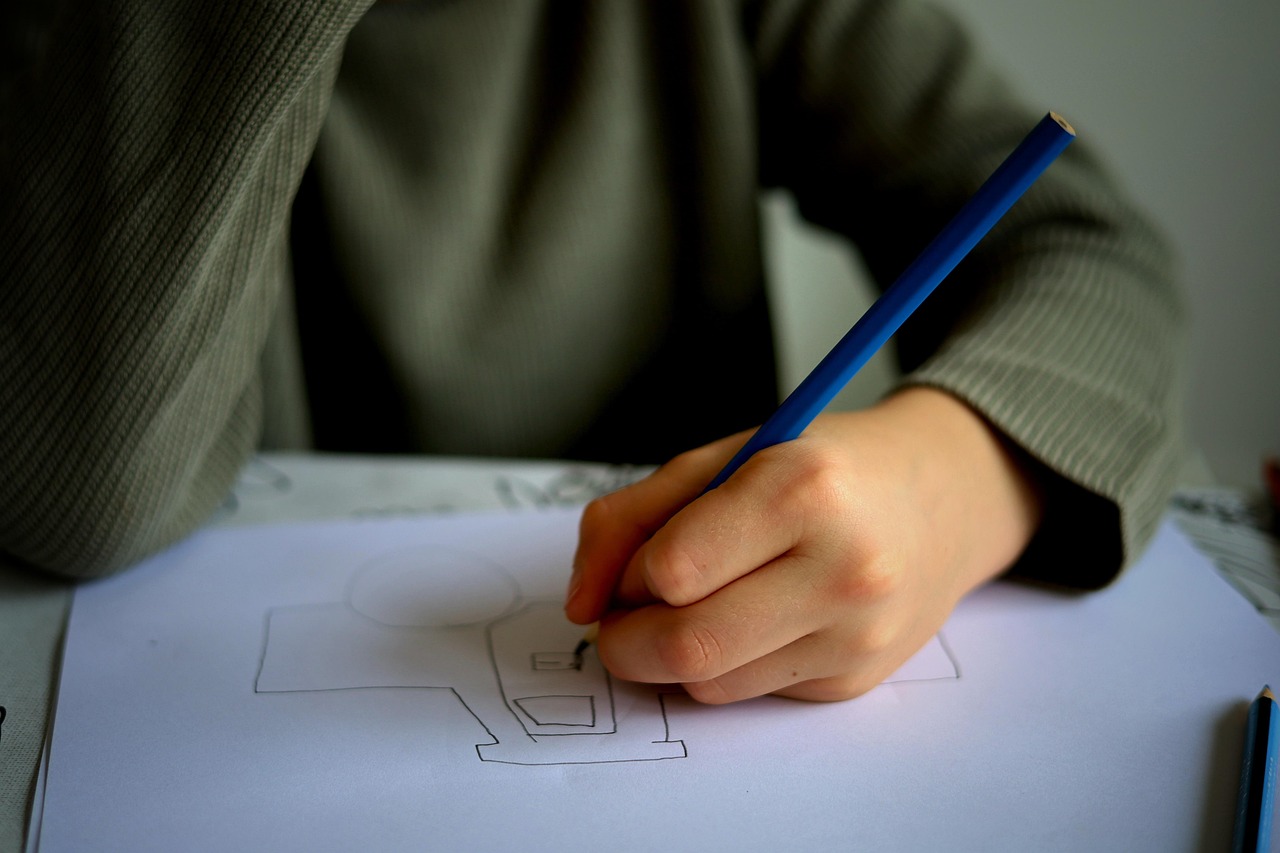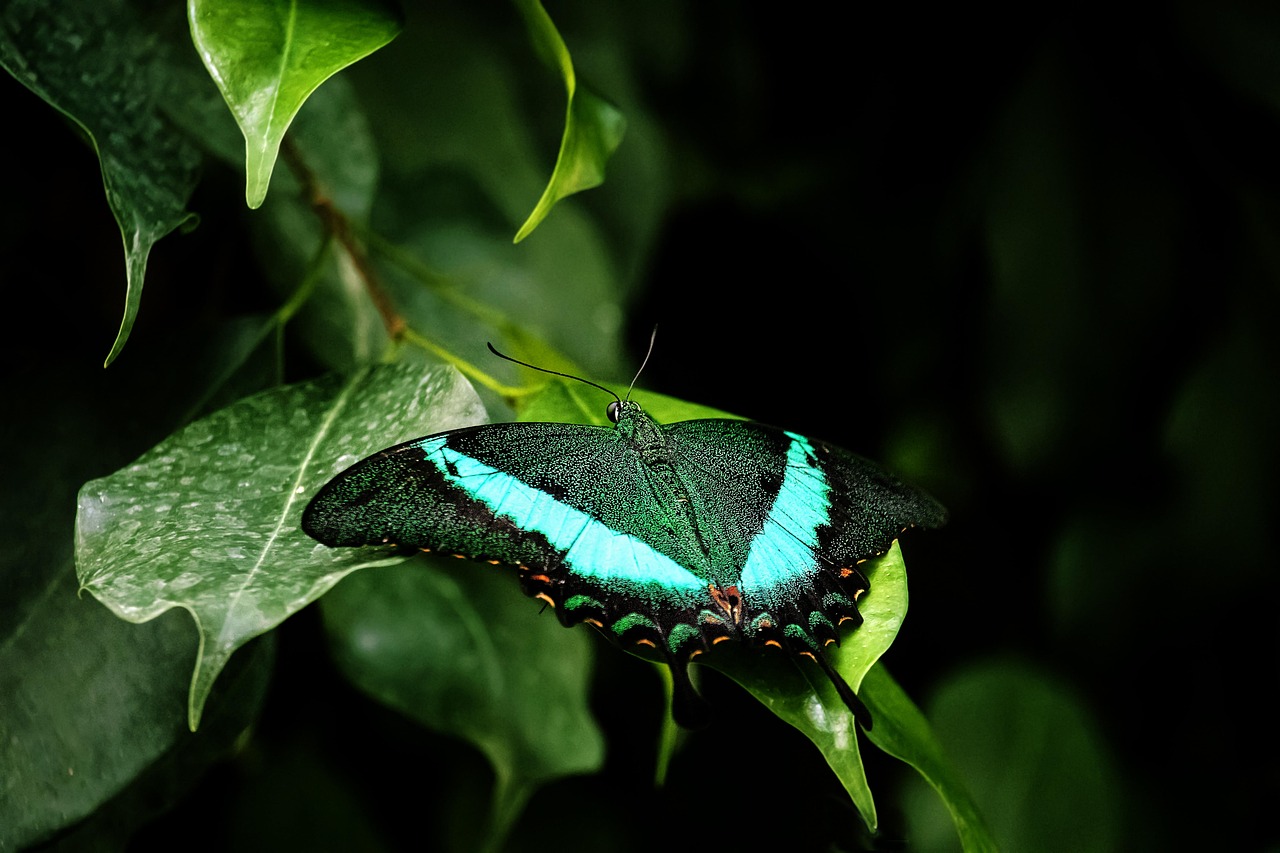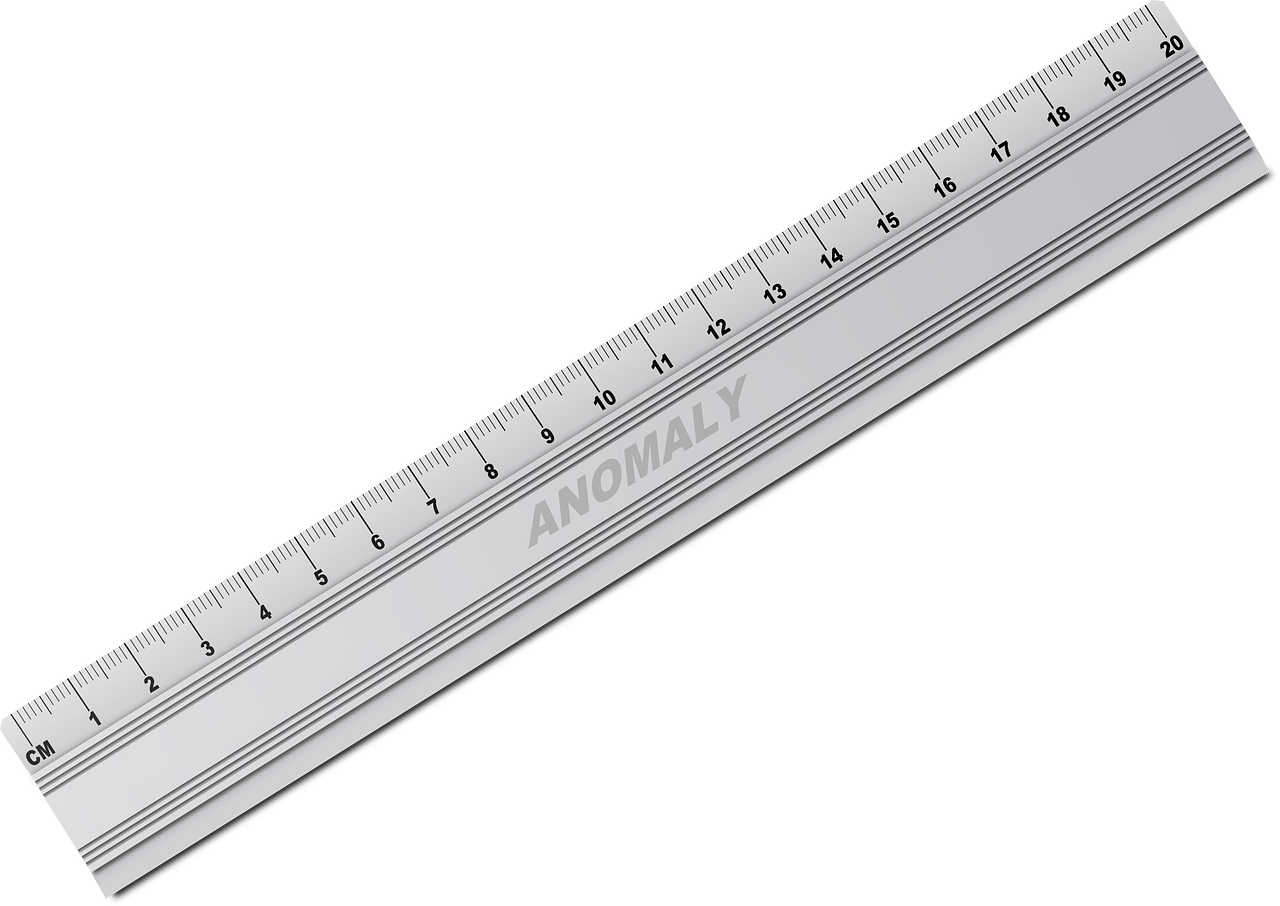Class: Primary 4
Subject: Basic Science
Term: Third Term
Week: 2
Topic: Changes in Nature – Meaning and Examples
Duration: 1 Hour
A. Lesson Objectives
By the end of the lesson, pupils should be able to:
Explain the meaning of changes in nature.
Identify and describe different types of natural changes.
Give examples of changes that happen in nature.
Mention whether the changes are reversible or irreversible.
B. Instructional Materials
Pictures showing natural changes (e.g. rain, sunset, germination)
Chart showing types of changes
Real-life materials: candle, water, ice, fruits
Flashcards with key terms
Videos or animations (if available)
C. Lesson Content
1. Meaning of Changes in Nature
Changes in nature are events or processes that happen around us naturally over time.
They are not made by people — they occur on their own.
These changes may affect the weather, plants, animals, and the environment.
2. Types of Natural Changes
Natural changes can be grouped into two types:
a. Reversible Changes
Changes that can go back to the way they were.
Example: Water changing to ice and back to water.
b. Irreversible Changes
Changes that cannot go back to the original state.
Example: A fruit that rots, or a paper that is burnt.
3. Examples of Changes in Nature
| Natural Change | Type of Change | Reversible? |
|---|---|---|
| Melting of ice | Physical change | Yes |
| Rotting of food | Chemical change | No |
| Germination of seeds | Biological change | No |
| Rain falling | Weather change | No |
| Day changing to night | Environmental change | Yes |
| Burning of wood | Chemical change | No |
| Water evaporating | Physical change | Yes |
4. More Examples of Natural Changes
Leaves falling from trees
Snow melting in cold countries
Sun rising and setting
Formation of clouds and rain
Wind blowing
Animals growing and changing
D. Class Activities
Display pictures or objects showing various natural changes.
Pupils group changes as reversible or irreversible.
Group discussion: “What changes can you see around your home or school?”
Pupils observe the melting of ice or water boiling (if safe and supervised).
E. Evaluation (Questions)
What is a natural change?
Mention two types of natural changes.
Give two examples of reversible changes.
Is the rotting of food a reversible change?
State two examples of irreversible changes in nature.
F. Assignment
List five changes that occur in nature.
Write whether each one is reversible or irreversible.
Draw one reversible and one irreversible change (e.g. melting ice and burning paper).
G. Conclusion
Nature is always changing around us.
Some changes can be reversed, while others cannot.
Understanding natural changes helps us care for the environment better.
